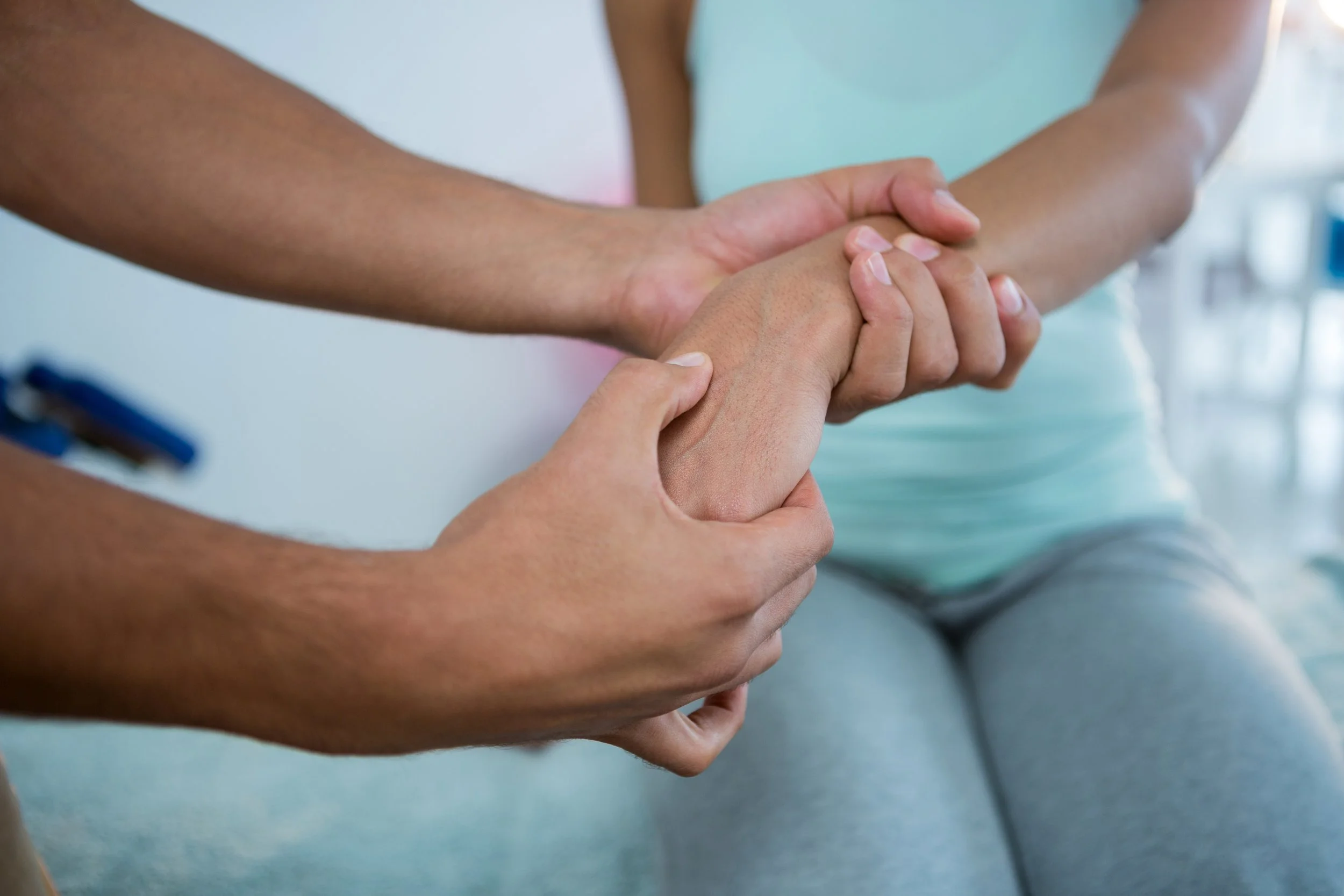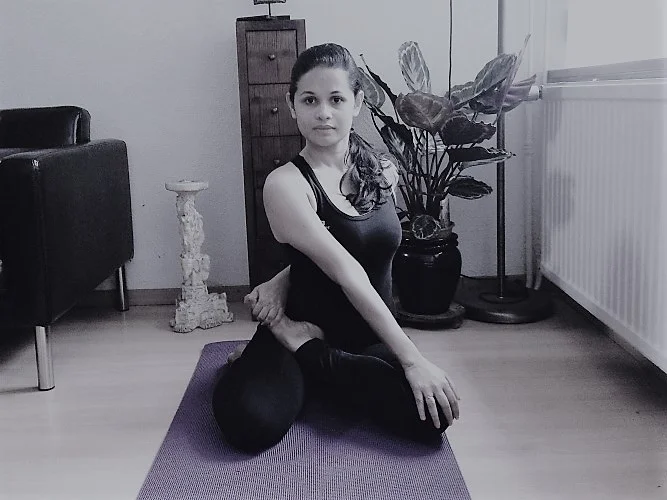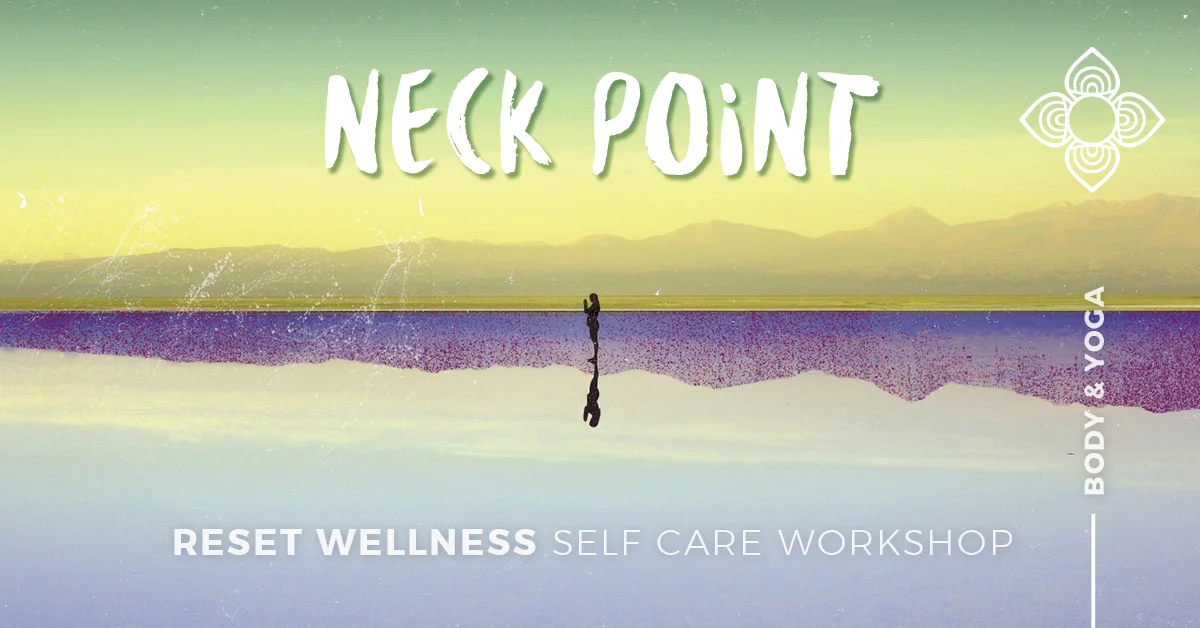7 Yoga Postures to Reduce Neck Strain
/Find your silhouette looking more like Quasimodo than Quasi-straight? Smartphones are anything but smart on our posture, but these 7 yoga poses can help counteract all the unwanted side effects.
Forward Fold with Clasp
Stand, clasp hands behind back, and take a big inhale to open the chest.
On the exhale, soften knees and fold forward, letting head fall toward the ground and gently releasing the neck.
If you feel comfortable, bend one knee and then the other, getting more into shoulders.
Turn head right to left to release neck. Stay here for 5 to 10 deep breaths.
Jalandhara Bandha, aka Throat Lock
Use the cross-legged variation or sit on your heels with your toe pads touching the floor.
Kneel with hands lightly resting on thighs.
Lift sternum and drop chin lightly, lifting through the top back of skull as if someone had a string on the back of your neck and was lifting you up.
Lengthen through the back of neck and keep shoulders down.
Breathe here for 5 to 10 deep breaths, lengthening the back and sides of neck each inhale and dropping shoulders a tiny bit more on each exhale.
Camel Pose
Place your hands on the posterior (back) edge of your hips if you can't reach your heels, keep your elbows drawn toward the mid-line of your body without touching them together.
Begin in a high kneeling position with hips over and lined up with knees, and weight supported by shins and the tops of feet.
Place palms on sacrum—fingers facing up or down, whichever feels better, tailbone reaching down—and draw elbows into one another so that they aren't winged out.
Keep thighs rotating inward and pull shoulder blades toward one another and down back. Look to the ceiling as you lift chest upward.
Release hands to heels and arch spine. Tip head back to keep the whole spine in extension.
Breathe here for at least 5 deep breaths.
Sage's Twist
Sit with legs long and in front of you. Bend right knee, and take the top of right foot and place it on the ground next to right butt, in half hero's pose.
Bend left knee, and place the top of left foot on top of right thigh, at hip crease, into half lotus.
Slightly twist torso to the left, take left hand behind sacrum on the ground, and then take right hand to the outside of left knee.
Take a big inhale to lengthen through spine, and use exhale to engage navel to spine and twist to the left.
Keep this breathing pattern for at least 5 deep breaths. Repeat on the other side.
Dolphin Pose
Begin on hands and knees. Hold opposite elbows with hands to get them shoulder-width apart, then place forearms parallel to one another.
Drop head and reach chest back through arms in the direction of feet to enhance shoulder opening.
Stay here for 5 to 10 deep breaths.
Thread the Needle
Begin on all fours. Reach right arm underneath the body, allowing the right shoulder and temple to release to the ground.
Allow left hand to stay where it is or crawl it a bit to the right over to head.
For an extra neck stretch, look toward left armpit.
Stay here for 5 to 10 deep breaths. Repeat on the other side.
Supported Fish Variation
While sitting on the ground with legs in front of you, place a medium-height block behind you beneath where shoulder blades will lie.
Bend knees and place feet on the ground, hip-width apart.
Using arms, slowly lower upper back to gently rest on the block, adjusting placement until you are comfortable.
Ideally, the block is where your bra line would be. Next, clasp hands behind head and allow elbows and head to release toward the ground.
Stay here for at least 10 deep breaths.
This article originally appeared on Shape.com and was written by Heidi Kristoffer
Do you find these poses difficult? Do you need support in achieving them safely?
Join our upcoming NECK POINT AND COMMUNITY ACUPUNCTURE WORKSHOP, March 17, Saturday, 7pm. Learn how to use yoga and acupressure to eliminate neck strain! 60 minutes of yoga and 30 minutes of Acupuncture for neck & shoulder relief.
Only a few spots remain, register with a friend, perfect for beginners.
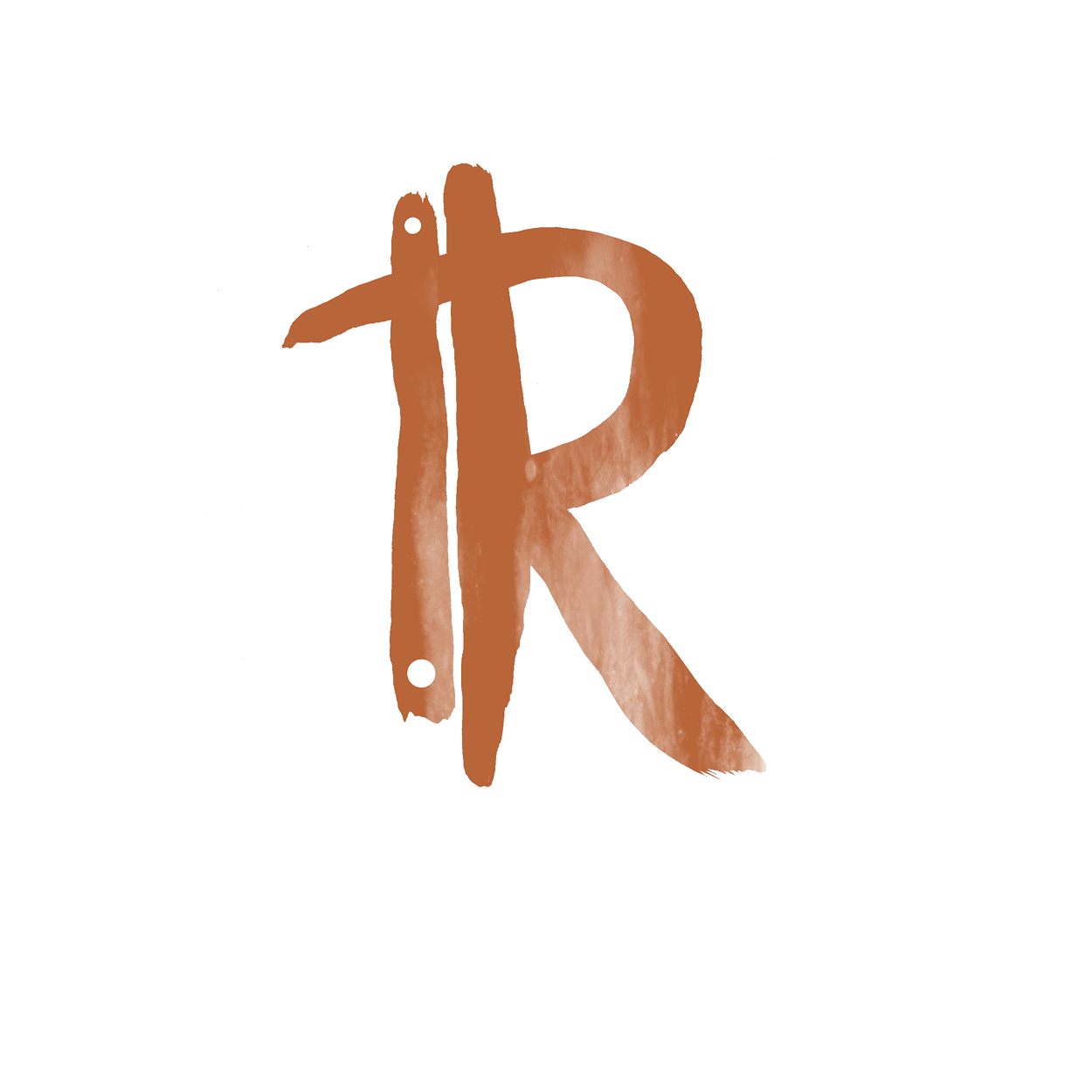





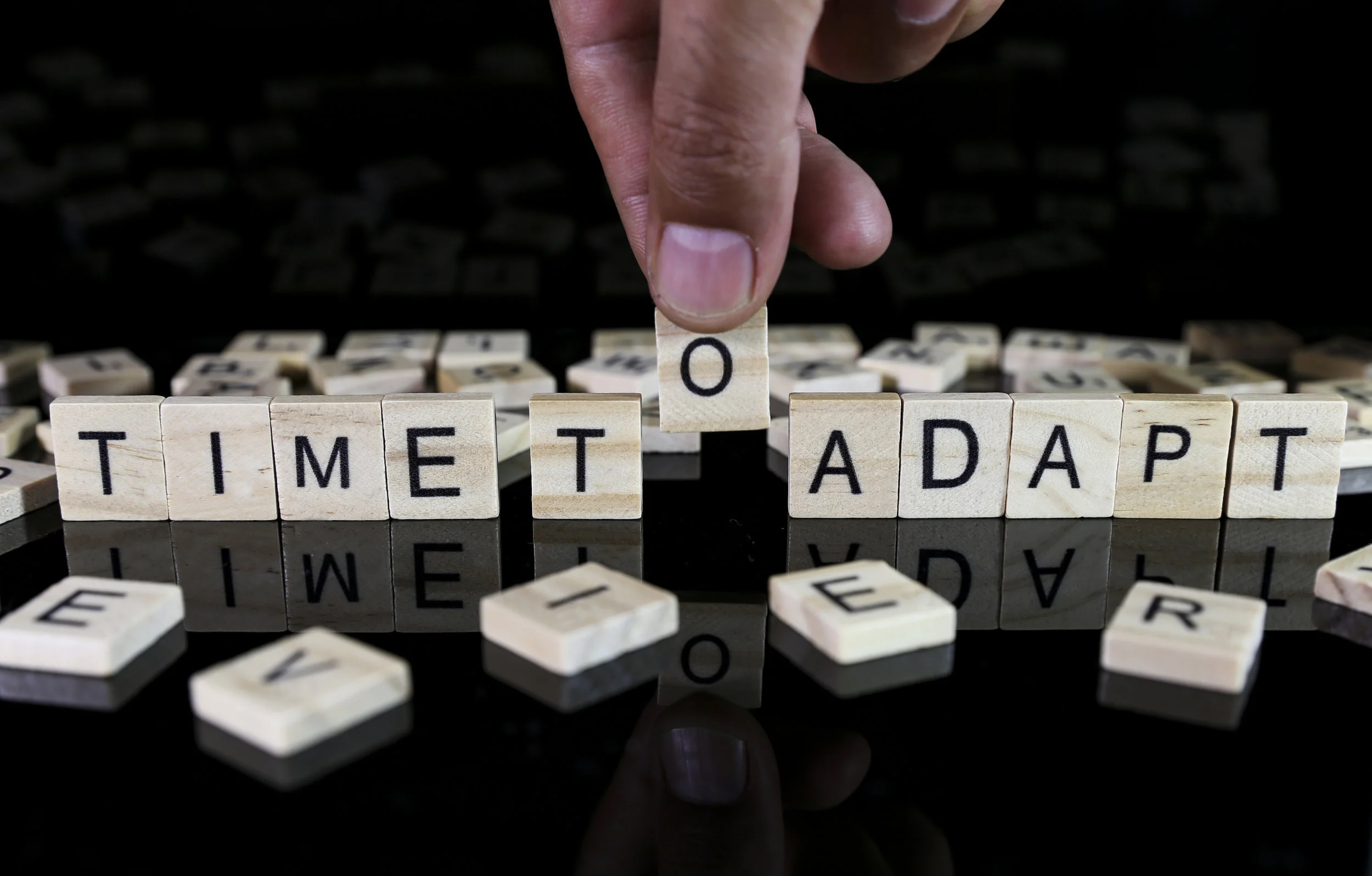
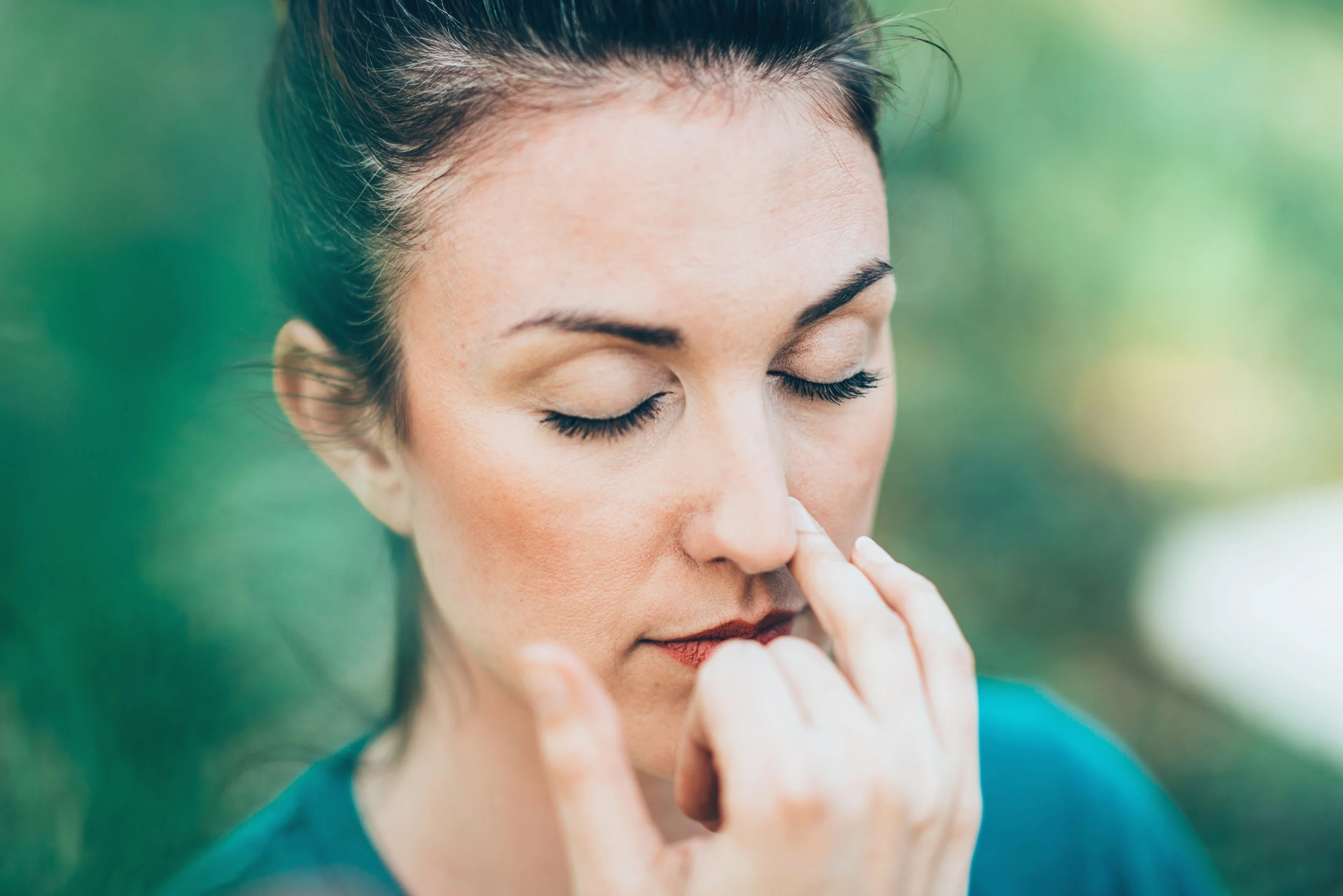



![Self-regulation “control [of oneself] by oneself"](https://images.squarespace-cdn.com/content/v1/55563e14e4b01769086817cb/1542845645966-PO2HGKF5JLUBM45UIWQ3/wee-lee-790761-unsplash.jpg)


